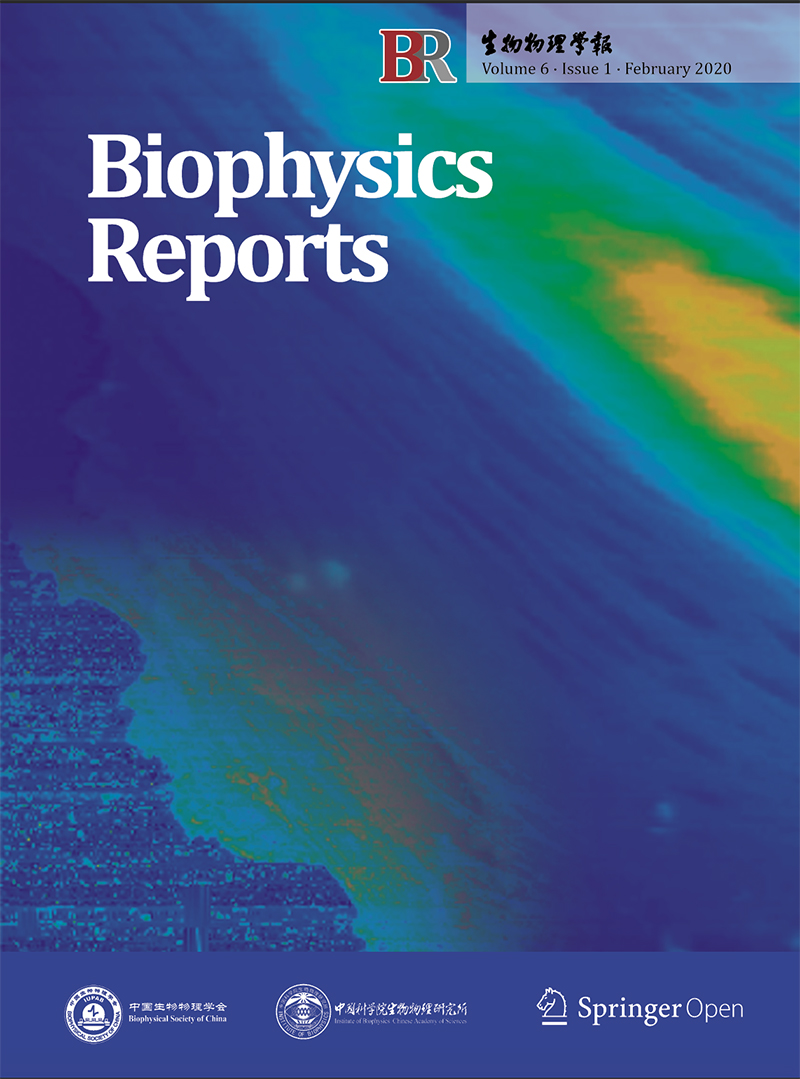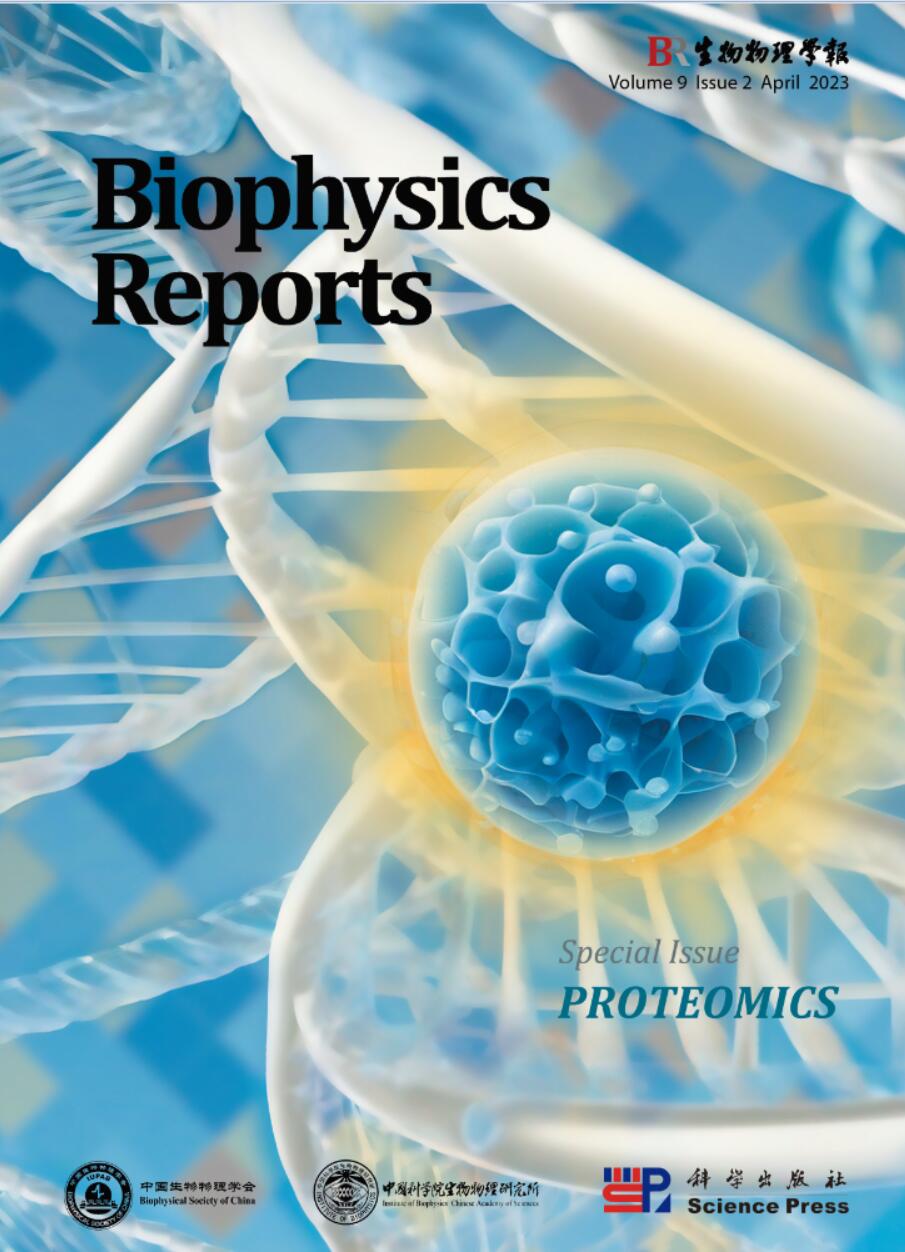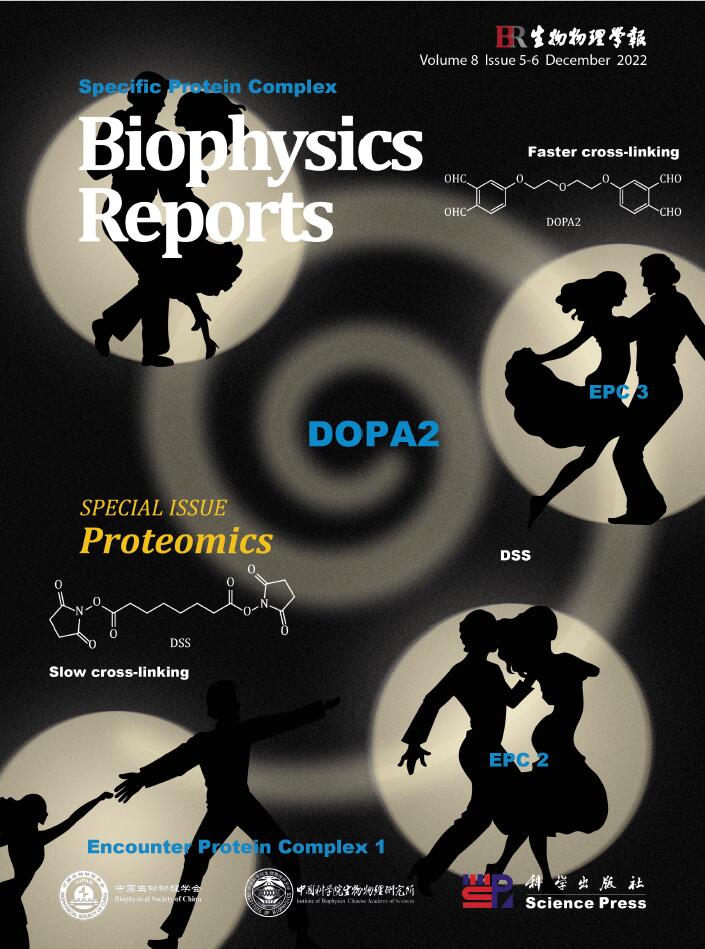2020 Vol. 6, No. 1

Cover Story
Atomic force microscopy (AFM) has been widely used to acquire surface topography upon different scanning modes and to quantify mechanical properties of a cell using single-point ramp force mode. However, these traditional measurements need massive force curves originating from multiple points of a cell to exclude the potential errors resulted from limited and factitious selections of testing points, making the measurements timeconsuming and highly localized. PeakForce Quantitative NanoMechanics (PF QNM) is a high-speed (faster by 3-4 order of magnitude) and global surface mechanical property mapping method with high spatial resolution, overcoming the drawbacks of traditional ramp mode especially used for a live cell with high heterogeneity. In this protocol, the authors elaborated how to run PF QNM measurements for live cells and relevant modification may be needed when extending this method to other cell-like soft materials.




 Abstract
Abstract PDF
PDF
 Submit Your Paper
Submit Your Paper For Author
For Author Templates
Templates






 (86-10) 64888458
(86-10) 64888458





 E-mail alert
E-mail alert RSS
RSS